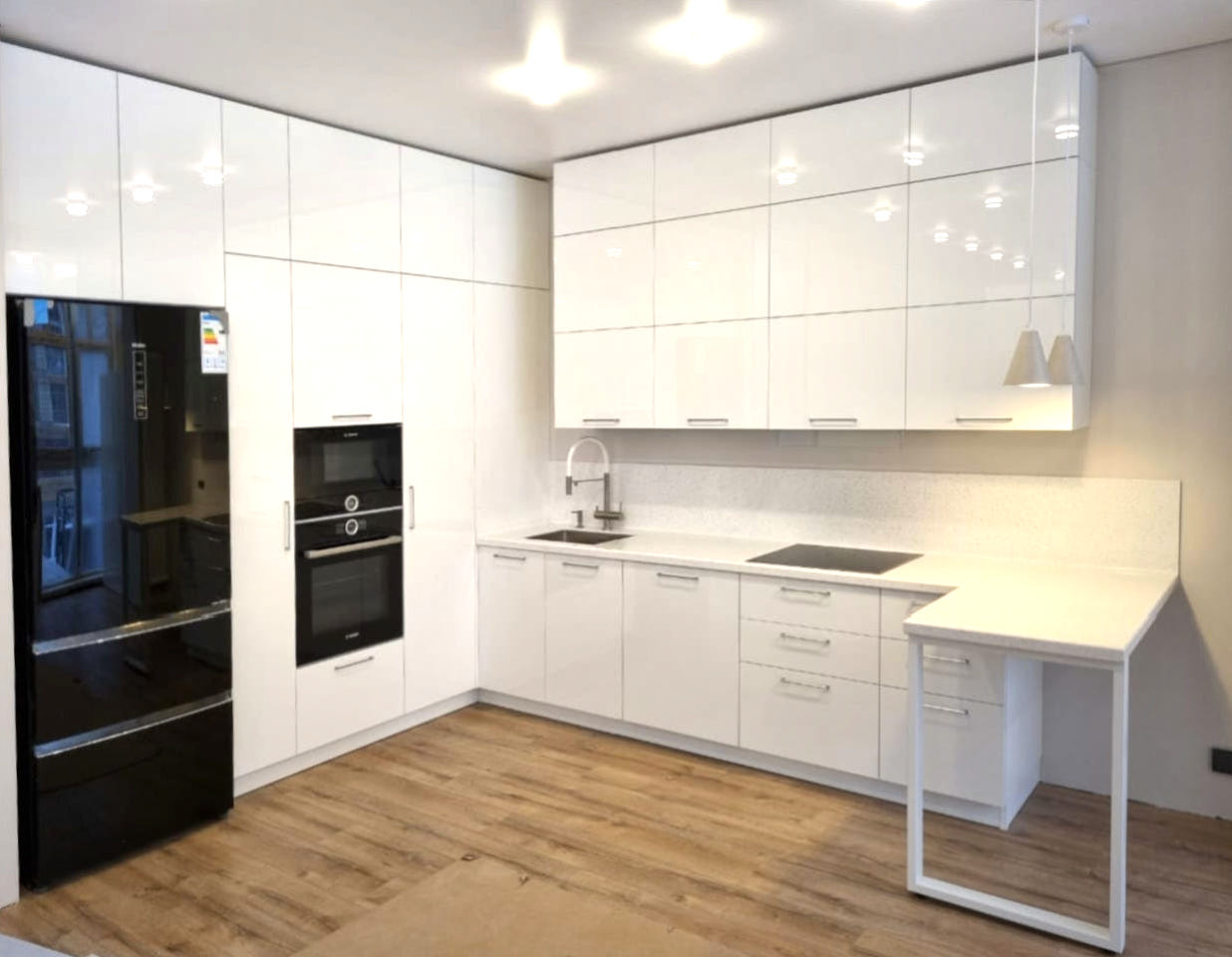
Culinary Spaces Redefined
Introduction to Modern Culinary Spaces
In recent years, the concept of culinary spaces has undergone a significant transformation. Gone are the days when kitchens were mere functional zones tucked away in a home. Today, culinary spaces are not only about cooking; they are the epicenter of home life and entertainment. In this article, we will explore how culinary spaces are being redefined to meet the demands of modern lifestyles.
The Evolution of Kitchen Design
Kitchen design has evolved from closed, isolated rooms to open, flexible spaces. The traditional separation between the dining and living areas has blurred, with kitchens expanding to include dining tables, comfortable seating, and sometimes even workspace. Materials and technology have also advanced, leading to sleek, efficient designs that cater to both aesthetics and function.
Incorporating Technology into Culinary Spaces
The introduction of smart technology has revolutionized culinary spaces. Smart appliances can now connect to the internet, allowing users to control them from their smartphones or tablets. Refrigerators can keep track of groceries, ovens can be preheated remotely, and coffee makers can be programmed to have your coffee ready as soon as you wake up. This integration of technology has made cooking and managing the kitchen more convenient and efficient than ever before.
Multipurpose Culinary Areas
Culinary spaces now serve multiple purposes. In addition to food preparation, kitchens often double as homework zones for children, gathering spots for friends and family, or even makeshift home offices. Designers are creating kitchens with versatile islands, adjustable lighting, and dynamic seating arrangements to accommodate these varied functions.
Outdoor Cooking and Dining Experience
As people seek to blend indoor comfort with the beauty of the outdoors, exterior culinary spaces are gaining popularity. Fully equipped outdoor kitchens with grills, pizza ovens, and refrigerators extend the home's living space. Comfortable patio furniture and weather-resistant materials allow homeowners to entertain and cook in the open air, redefining the traditional boundaries of the culinary space.
Sustainability in Kitchen Design
Sustainability has become a key factor in redefining culinary spaces. Energy-efficient appliances, reclaimed or renewable materials, and composting systems are just some ways homeowners and designers are incorporating sustainability into the kitchen. Using natural light, implementing water-saving faucets, and choosing appliances with a low environmental impact are becoming standard practices in modern kitchen design.
Conclusion: The Future of Culinary Spaces
As we look towards the future, culinary spaces will likely continue to evolve, reflecting changes in our society and how we interact with food and each other. Multifunctionality, technological integration, sustainability, and the blending of indoor and outdoor experiences are trends that will shape the culinary spaces of tomorrow. What remains clear is that the kitchen will continue to be a place of creativity, comfort, and community, solidifying its role as the heart of the home.